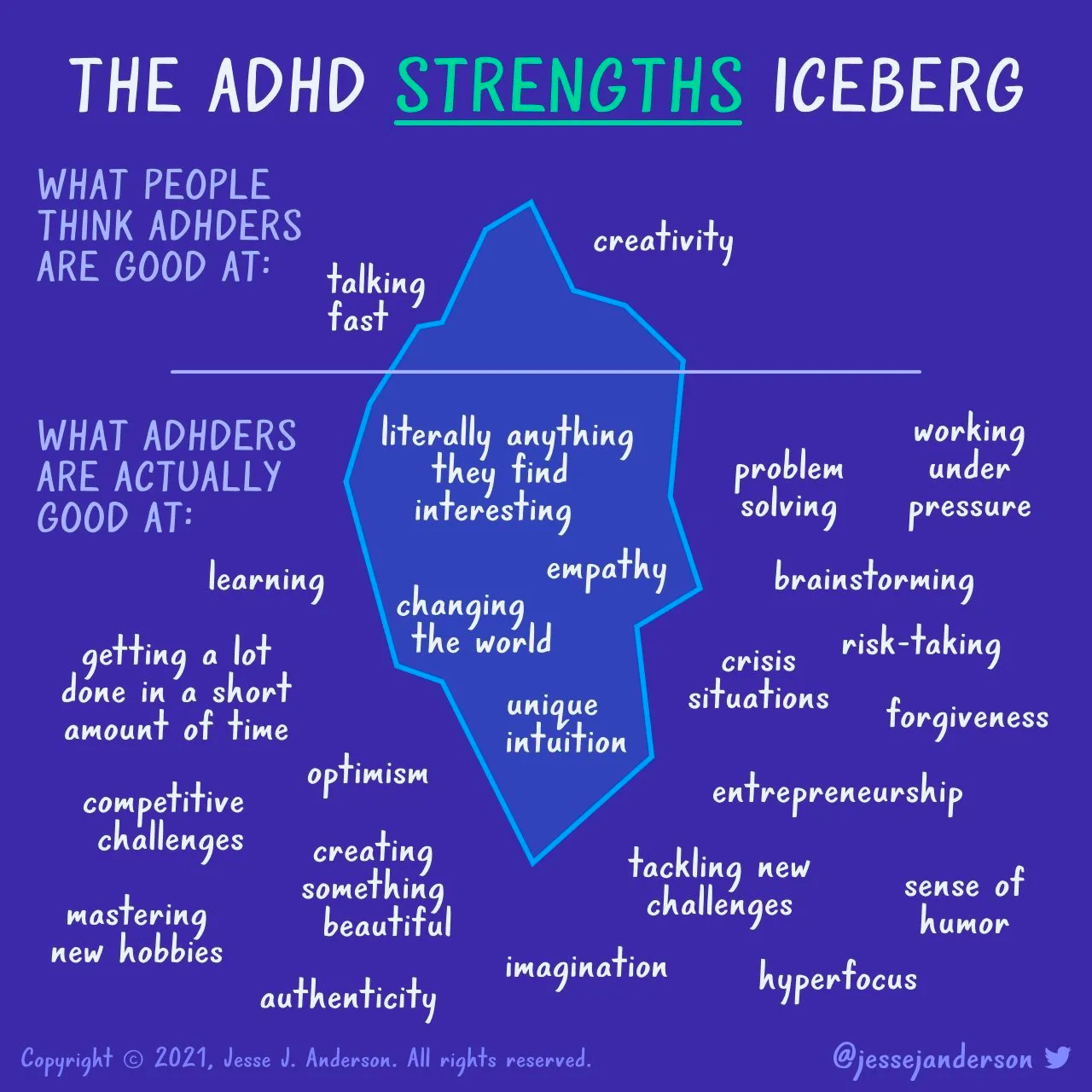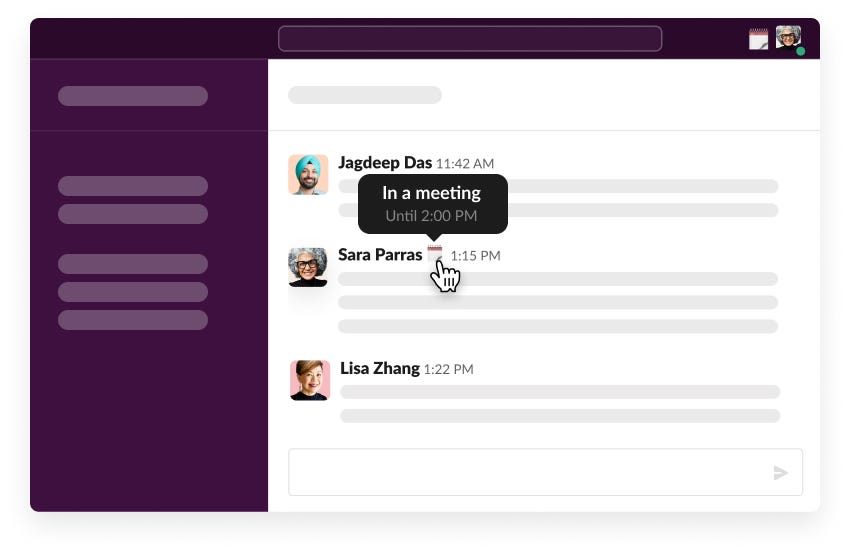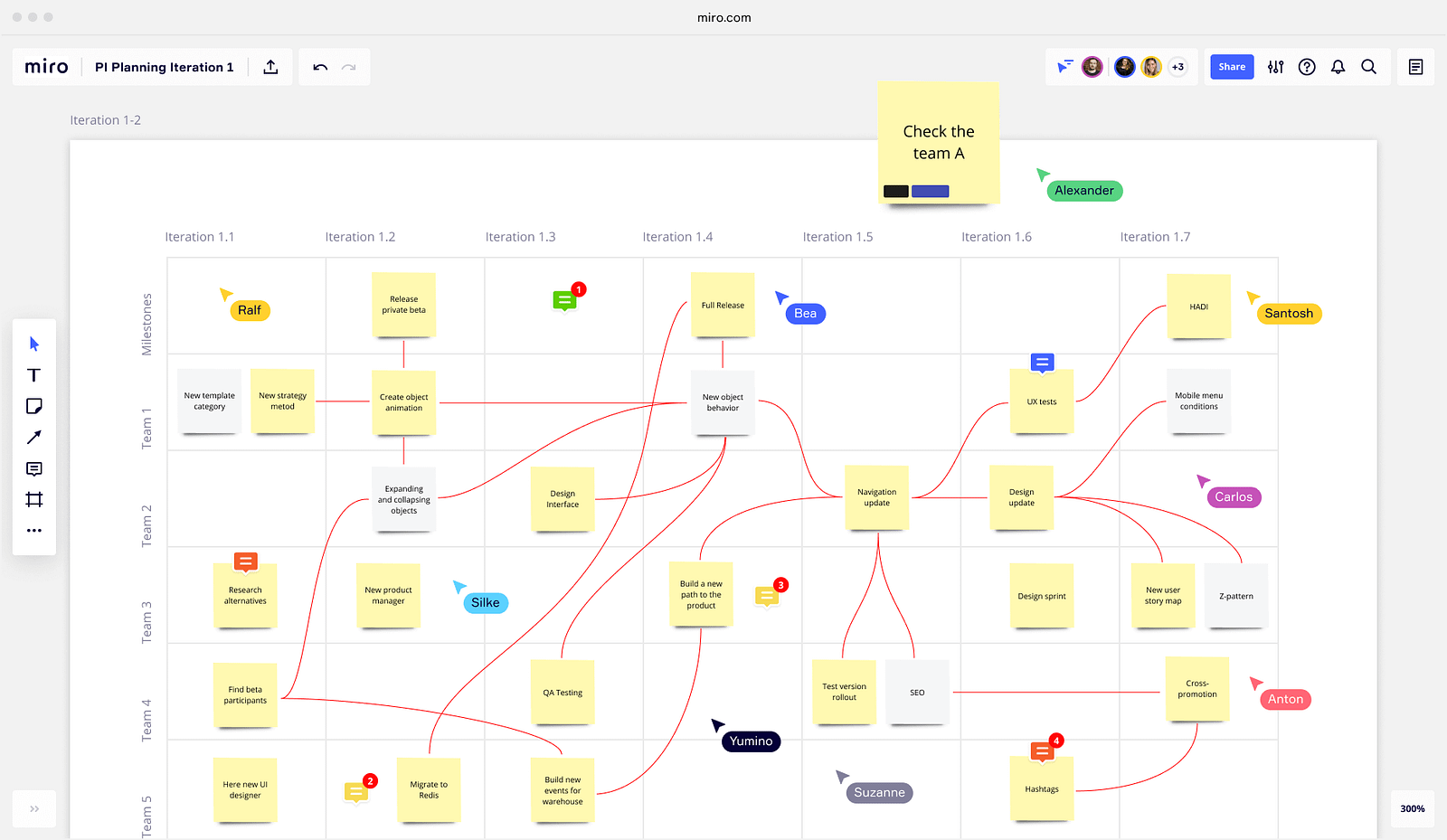Coping with ADHD as a Product Manager

Hey y'all, Irene here–happy longest day of the year/summer solstice! ☀️
June is a special month.. and not just because it's my birthday month (shout out to all my June babies 💁♀️) but also b/c this is a special issue of the Skiplevel newsletter.
Last month I asked you all for newsletter topic suggestions and I got a surprising submission: "Overcoming ADHD as a PM". For a newsletter on technical literacy, I wasn't expecting this. More and more I'm hearing from the community about how ADHD affects so many of you.. so in lieu of regular programming, I've enlisted the help of Skiplevel's Head of Growth and resident mindfulness expert Gabe Kwakyi to help write this month's newsletter on ADHD and the PM role.
But don't worry–next month you'll get your full dose of tech content with a new Tech Term and tips on how to become more technical 😉
Anyhoo, here's Gabe! 🌟

Super excited to lend my expertise in mindfulness and wellness to sub in for your favorite tech instructor and human, Irene in this month's newsletter!
A little about me: I’m a long-time marketer and an ex-entrepreneur born and raised in the metro-Detroit area. I'm a big traveller having lived in NYC and Seattle on and off for 4 years. In July I will be moving to Berlin, Germany for 6 months!
Beyond marketing, I’m a HUGE fan of sushi, a writer across marketing, mindfulness, and self-development, and have also recently begun training to be a life/career coach.
A quick word on ADHD..
Did you know that over 4% of adults in the US have ADHD? This number is likely under-represented given how many are undiagnosed. Chances are you know someone who experiences symptoms that sit somewhere on the ADHD spectrum so even if you don’t have ADHD yourself, I strongly encourage you to keep reading.
Since ADHD is invisible to the eye and not often discussed in society or work, it can be hard for us to recognize how ADHD brains work differently. It’s important for us to learn about and discuss topics like this, so that we can consider how we can better support the people we work alongside every day.
Take the time today to understand how people with ADHD work, and someone may take the time tomorrow to understand how in some way you work differently.
Before we proceed with the article, please take note: this post does not provide any medical advice and is not a substitute for professional medical advice, diagnosis or treatment.
However, the article does include tips and stories from the PM ADHD community, including comments from Irene's Twitter thread on ADHD!
I asked my subscribers what topics they wanted to learn about in last month's newsletter & I got the responses "Overcoming #ADHD as a PM". This really got me thinking.. how many #productmanagers have ADHD & how has it affected you? What tips do you have for other PMs w/ ADHD?
— Irene Yu (@iamireneyu) June 13, 2022
What’s it like to struggle with ADHD?
People struggling with ADHD often have thoughts that are moving too fast to keep up with. Context-switching happens so constantly that it’s extremely difficult to focus on one subject for long, like during meetings.
Routine can be difficult for the ADHD mind, particularly because digital distractions are constant. This leads to an accumulation of partially completed tasks, like open emails or Slack messages throughout the day. With ADHD, it can be tough to stay organized and finish tasks that were started or require follow-up.
When considering a new task to complete, there can be a big hurdle of resistance for someone with ADHD to clear before becoming motivated enough to work on a task that doesn’t provide a big enough reward or create an intrinsic motivation. This can make it tough to prioritize certain tasks that need to get done or to manage pivoting amidst the shifting priorities throughout the day.
Life with ADHD isn't all negative though..
While ADHD does come with a set of challenges as touched on above, there are also a set of strengths that come along with having ADHD, particularly when working as a Product Manager, such as an ability to hyper-focus on an engaging task and being able to connect the dots in ways that technical teams may struggle with.
The below ADHD strengths iceberg shows a plethora of productive traits associated with ADHD, and there were many more optimistic comments that people with ADHD mentioned via Twitter and LinkedIn from Skiplevel founder and instructor, Irene Yu’s overcoming ADHD threads.

Check out what the Product ADHD community had to share about the upsides of ADHD
Asli Ozger — Head of Product at ParaPlus:
As a PM you need the capability to both diverge wide and focus, be analytical as well as a dreamer.
A Principal Product Manager who wished to remain anonymous:
I am constantly looking to work on new and exciting problems to solve. When I have a new project/subject to learn I tend to dive in and hit a flow state of hyper focus. Organization and keeping track of what I’m learning can be a challenge so I actively organize my ideas and keep structured notes and lists of “to dos.” Having adhd forces me to stay on top of my organization.
Tim Donets — Freelance Product Consultant:
The way I see how to overcome ADHD while PMing is to narrow down what you do as a PM. We are very good at exploring, therefore make sure you are doing many discovery projects. We suck at planning and keeping up with structures — move away from delivery
So how does one manage ADHD while still leading a productive and flourishing professional career?
Tips for coping with ADHD as a Product Manager
One of the most fundamental components of coping with ADHD is to learn to consciously pre-plan your time. Here are some actionable tips to try:
Block out calendar time to focus
This is a very popular recommendation that people coping with ADHD suggest, such as Ian Harvey, who works in product in London.
This involves things like blocking out calendar time for focus work, which can be enhanced by using the settings in your calendar/Slack/mobile device for busy/do not disturb.
Figuring out what schedule works best for you and taking advantage of your organization’s flex time if it’s possible is another schedule-based optimization. If, for instance you work better in the mornings, then start your day earlier and end earlier, or vice versa.
Joseph Terranella adds that it’s important to set clear goals for meeting-free time.
Integrate your Slack and calendar together to automatically update your status

This is a great way to pre-plan scheduling so that you’re not distracted by notifications during a meeting. Schedule a calendar block with an agenda to turn your hyper-focus on tasks like:
- Spotting connections between systems that, if linked, could create a better user experience
- Writing out a list of blockers that key blockers that need to be addressed, but others may have missed
- Creating a high-level overview for technical teams for how a proposed product/feature works from A-Z, as Betty calls out below:
One note! There are things that we take for granted with having ADHD — like being able to connect things from A - Z and explain it all.
— Betty (@bettytly) June 13, 2022
Try out different productivity tools
Explore visualization tools like Miro to diagram product flows, track project timelines, or mind map ideas. These tools not only make tracking and optimizing abstract workflows easier, but they’re also much prettier and more fun to use, which can be an added motivation boost for someone with ADHD.

However, be aware that visualization tools may also activate an unintended consequence of hyper-focusing while leaving other, less-motivating tasks undone, so also consider how to mitigate over-focus on visualization, such as pre-planning a specific time block of time for this work and setting an alarm to bring you back from the visualization zone when it’s time to move on.
A couple tools suggested by Ian Harvey include a Mac app called Filter that blocks out notifications from websites/desktop apps, and a gamified focus mobile app called Forest, which rewards you for focusing by planting trees in a forest, both in-game and in real life!
Adjust how meetings and communication in your team work
Here are 3 tips for doing this, with 3 more in the full article:
- Record meetings to store for later and use a transcription software like Otter to automatically capture the full meeting notes in case you missed something
- Include agendas and use timers to time box discussions according to the agenda items to prevent focus from drifting
- Limit the time that meetings last to 30 minutes, and follow-up digitally if needed to protect your time
As always, visit Skiplevel to learn more or connect with Irene on LinkedIn and Twitter and follow Skiplevel on LinkedIn, Twitter, and Instagram.
Got a topic you want Irene to cover in an upcoming newsletter? Tell me what it is!
You know the drill by now: fill out this super short 2 question form and tell us what you want to see in future newsletter issues. Could be a tech term, tool, or concept, or PM tips, or just anything! We'll look through your suggestions and add the most popular topics into upcoming issues. Thank you in advance 🥰
Did you enjoy this newsletter/find it helpful?
Give this newsletter a 👍, 🤷 or 👎 rating below, and tell us why!
|
|
|
|
Want to feel more confident in your technical skills?
Become more technical in just 5 weeks, without learning to code! We also train teams! Find out more at skiplevel.co/teams and book a call with us to get started.
As always, visit Skiplevel to learn more or connect with Irene on LinkedIn and Twitter and follow Skiplevel on LinkedIn, Twitter, and Instagram.